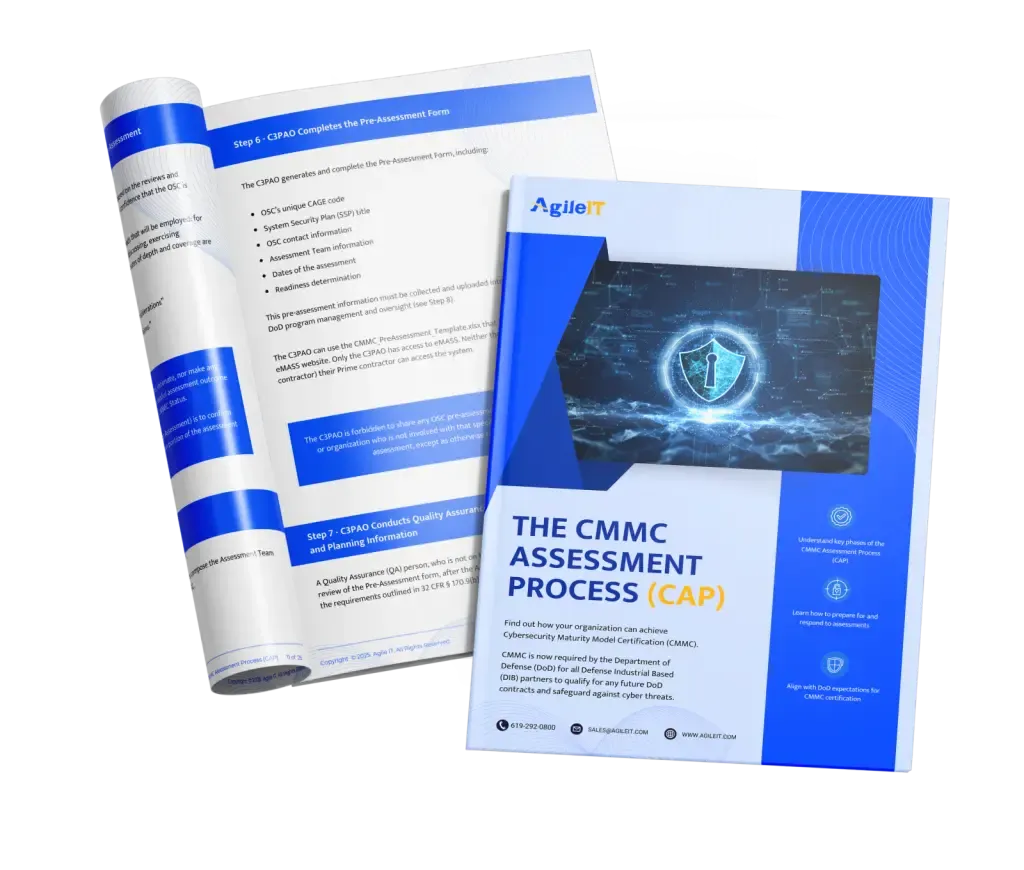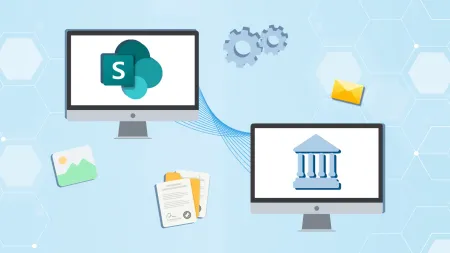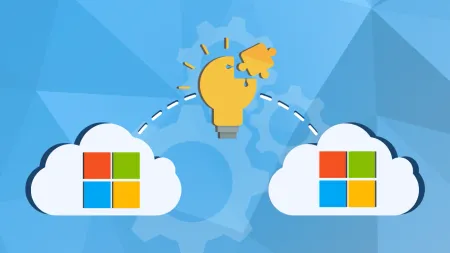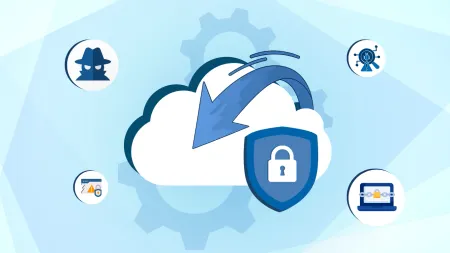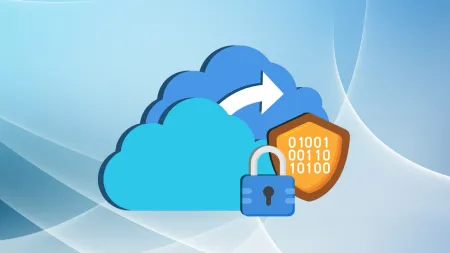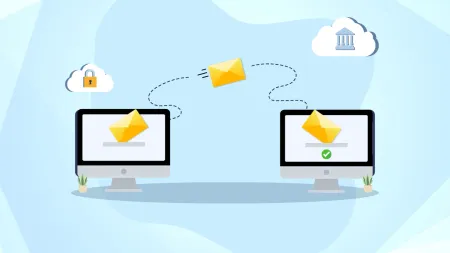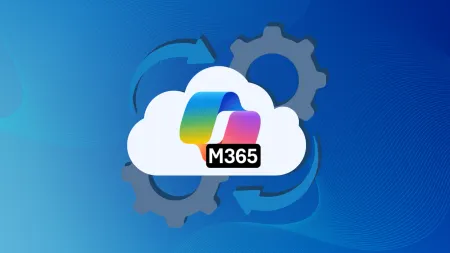Understanding FedRAMP Implications for Microsoft Cloud Tenant Migrations
Learn how FedRAMP requirements impact Microsoft cloud tenant migrations and what regulated organizations must do to stay compliant.

This is Post #9 of our Tenant to Tenant Migration Government and Compliance Series
If you missed the earlier posts, start here to get the full picture:

For federal contractors who handle sensitive government data such as Controlled Unclassified Information (CUI), taking proper steps to secure this data is necessary to meet contractual compliance obligations. As organizations increasingly shift operations to the cloud, this often means migrating to a secure cloud environment such as Microsoft Government Community Cloud (GCC) or GCC High to ensure their CUI is properly protected. Microsoft’s Government Cloud tenants offer the enhanced security and compliance features federal contractors need for ongoing compliance with regulations such as DFARS, NIST SP 800-171, and CMMC 2.0. Yet, if your organization handles CUI and you are considering a tenant-to-tenant migration, it’s also imperative that you choose a cloud service provider that is FedRAMP authorized, as most contracts require organizations handling CUI in the cloud to use a cloud service that meets at least the FedRAMP Moderate baseline. The baseline provides the necessary security measures to keep your CUI out of the wrong hands. Yet, if you’re unfamiliar with FedRAMP, you may find yourself wondering what it is, why it’s important, and how it affects tenant migrations. Keep reading as we take a deeper look at FedRAMP and the impact it has on Microsoft cloud tenant migrations, and what Microsoft licenses you need if you are contractually required to use a FedRAMP-authorized cloud service.
What is FedRAMP?
The Federal Risk and Authorization Management Program (FedRAMP) is a government-wide program designed to standardize the security assessment, authorization, and continuous monitoring of cloud products and services used by the U.S. government as well as federal contractors and subcontractors. The goal of FedRAMP is to reduce the risk of data breaches and protect sensitive government data by ensuring that cloud products and services meet minimum security requirements.
FedRAMP provides a unified, risk-based approach to cloud security, ensuring that cloud services used to store government data meet stringent security requirements. Depending on the sensitivity of the data that a cloud provider plans to handle on behalf of the federal government or its contractors, FedRAMP offers three impact levels (low, moderate, and high) that cloud service providers (CSPs) must adhere to, each offering increasingly stringent security controls CSPs must apply to achieve FedRAMP authorization.
While this program is aimed at CSPs that offer cloud services to the U.S. government, as it is meant to help them create secure environments for government data, FedRAMP can also help government contractors make informed decisions when choosing cloud services. This is because knowing what the different FedRAMP levels indicate can help contractors choose the right cloud service to ensure they comply with specific regulatory requirements and security standards required by their federal contracts.
Microsoft Cloud Environments and FedRAMP
If your organization handles CUI as part of a federal contract, you likely need to use a cloud environment that has at least a FedRAMP moderate authorization. However, it’s important that you check your specific contract to see which cybersecurity regulations you need to comply with, as this will affect which cloud environments you can use while maintaining compliance. The fact is that FedRAMP requires CSPs to employ specific security controls to protect sensitive government data, and not all cloud tenants are FedRAMP compliant. For instance, if you’re planning to migrate to a Microsoft cloud tenant, it’s important to note that Microsoft 365 Commercial licenses are no longer FedRAMP authorized, meaning that you would need Microsoft GCC or GCC High to maintain compliance. Determining which cloud environment will work best for you will depend on your overall compliance needs. Not only does Microsoft GCC meet FedRAMP Moderate, but it also offers compliance with CMMC Level 1, DFARS 7012, and NIST SP 800-171. GCC High offers additional security and compliance features for contractors handling more sensitive information, as it offers FedRAMP High authorization as well as compliance with CMMC Levels 2 and 3. It also meets the security requirements for handling ITAR/EAR data. If you’re unsure which Microsoft cloud environment fits your compliance needs, consider consulting an experienced migration partner such as Agile IT.
Migration Scenarios That Require FedRAMP Consideration
Of course, you may also find yourself wondering when a tenant-to-tenant migration involving FedRAMP considerations is even necessary. The fact is that any tenant-to-tenant migration involving CUI involves FedRAMP considerations, as you need to ensure that you choose a cloud environment with the appropriate FedRAMP authorization level to meet your compliance needs and ensure the security of your CUI.
These migrations may occur for any number of reasons. When an organization that handles sensitive government data undergoes a merger or acquisition, a migration may be necessary for streamlined operations. Most commonly, however, federal contractors will have to perform a tenant-to-tenant migration in order to comply with evolving federal cybersecurity regulations such as CMMC 2.0, FAR CUI, and FedRAMP.
Compliance Considerations During Migration
Once you choose the right cloud environment to meet your compliance needs, you’ll be ready to start planning and executing your migration. However, it’s critical that you keep compliance in mind throughout your GCC/GCC High migration, as you will need to take special precautions to properly secure your CUI at each step of this process. The fact is that failing to maintain compliance throughout your migration could not only leave your sensitive data at risk, but compromised data during a GCC High migration could result in fines, penalties, and a weakened national security posture. In particular, it’s important that you take steps to protect your CUI by using data encryption in transit and at rest. End-to-end encryption when actively migrating data will be critical for your data to move from origin to target tenant. To further protect data and ensure compliance with NIST SP 800-171, you should also implement strict access controls and identity management policies throughout your migration, including implementing multi-factor authentication (MFA) and least-privileged access policies.
Choosing a FedRAMP-Compliant Migration Partner
For organizations new to the world of federal contracts, maintaining compliance with various cybersecurity regulations such as DFARS, NIST SP 800-171, CMMC 2.0, and FedRAMP can seem like an overwhelming prospect, particularly when performing a tenant-to-tenant migration. However, taking the proper steps to prepare for your migration and ensure your CUI is properly secured is essential in order to maintain your federal contracts. That is why you should consider working with an experienced managed service provider (MSP) when migrating to Microsoft GCC or GCC High. An MSP experienced in compliance and GCC migrations can help facilitate your tenant-to-tenant migration while making sure that your data is secure during the migration, your new tenant is properly provisioned, and to ensure ongoing compliance and data security.
If you’re in the process of planning a GCC or GCC High migration to protect your CUI and you aren’t sure where to start, consider contacting Agile IT today. As an experienced MSP, migration partner, and Microsoft AOS-G partner, our team can help streamline your migration by walking you through the validation, licensing, and migration process, allowing you to focus on your core business. We can even help you understand your compliance needs and help you establish the proper cybersecurity and compliance posture in your new tenant.
Feel free to contact our team of compliance and migration experts to learn more about FedRAMP-compliant migrations and how we can make this process as easy as possible for you and your team.
